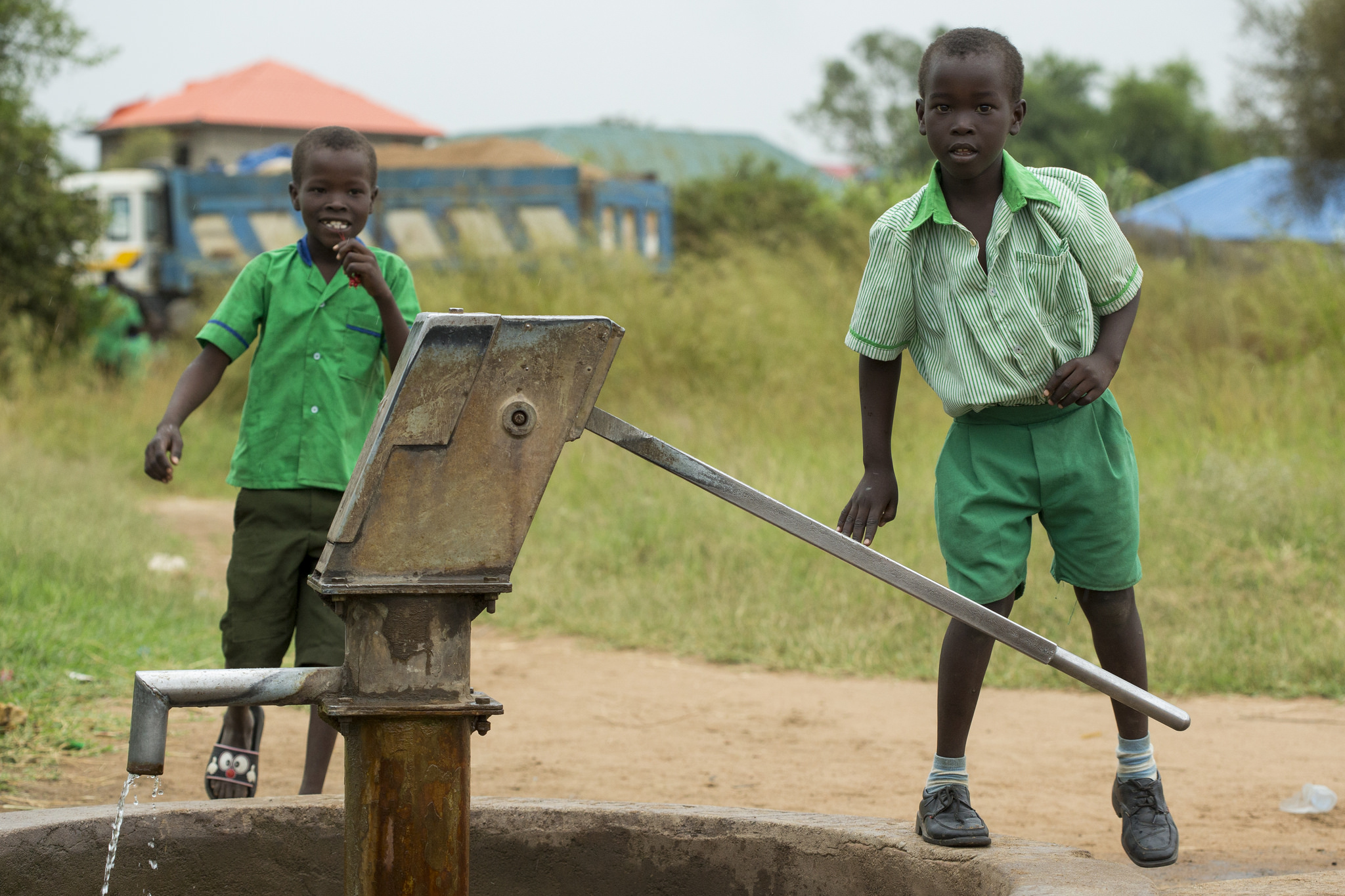
The World Bank has proclaimed that the Pulse of South Sudan Project Initiative is a technological revolution that is completely changing the way poverty data is collected. It notes that “The world has an ambitious goal to end extreme poverty by 2030. But, without good poverty data, it is impossible to know whether we are making progress, or whether programs and policies are reaching those who are the most in need.”
Typical poverty data collection, often in partnership with organizations and agencies from the United Nations, UNICEF or the World Bank itself, is through household surveys and policy analysis. National statistical offices set out with pen and paper questionnaires to interview respondents, the data gathered is transferred to a computer database and a poverty rate is calculated. While technology can help streamline the process and eradicate any flaws or errors made when collecting answers to these poverty-based questions and translating them into percentages and national averages, it is still an incredibly impersonal and isolating process.
What the Pulse of South Sudan Project Initiative does when collecting data is that when household surveys are conducted, short, personalized testimonials are also recorded. This is a significant difference from the common data collection process because these short testimonials allow the data to have a face behind it. It reveals how these statistics can relate to life and life experiences.
The Pulse of South Sudan Project is also more formally called the High Frequency South Sudan Survey (HFSSS). By recording testimonials, the project captures livelihoods alongside important consumption patterns. When capturing the livelihoods of South Sudanese citizens, their perspectives on life can be better understood and policy can be better created and implemented for these citizens.
As the project’s homepage states, “the HFSSS aims to fill the lack of reliable data on South Sudan. This data can provide feedback to the government from their citizens and identify stresses early on.”
The project has limits that constitute room for growth and improvement. South Sudan is a conflict-stricken area and its three most affected areas have not yet been recorded by the project, therefore it is not yet providing a fully national perspective.
In spite of the beginning limitations, the project initiative still manages to give a voice to an impoverished community that is otherwise among the least acknowledged and represented. It is a landmark survey that has numerous implications that are exciting for the future of data collection in general. This future of poverty data collection begins in South Sudan, but can lend an ear to impoverished communities globally that otherwise feel left in silence.
– Gabriella Paez
Photo: Flickr
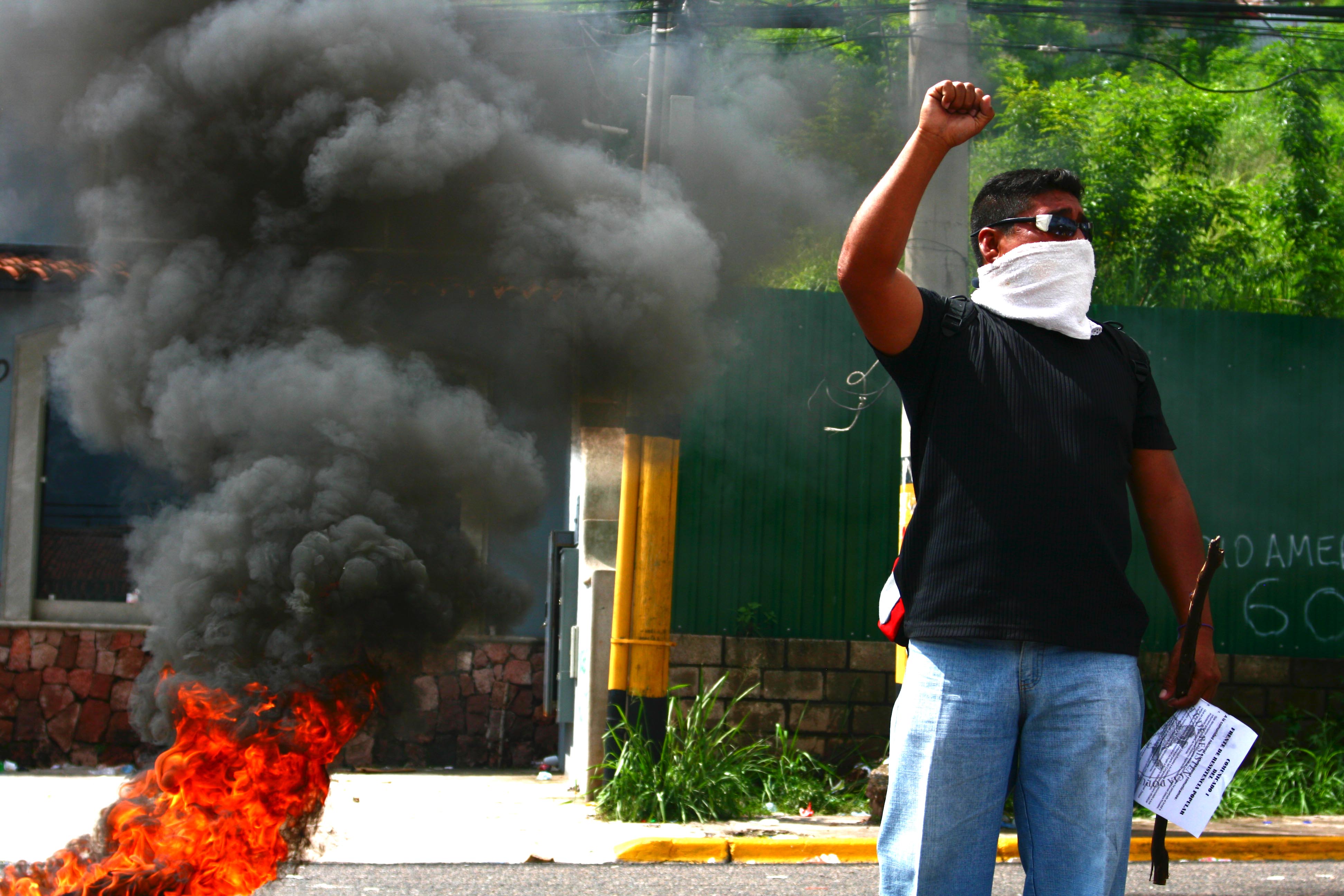 The term “refugee crisis” has the implication that a group of individuals is subject to persecution, war and/or systemic violence. In essence, a refugee is someone that is
The term “refugee crisis” has the implication that a group of individuals is subject to persecution, war and/or systemic violence. In essence, a refugee is someone that is  On September 12, 2017, Arizona Senator John McCain spoke out against the treatment of the Rohingya population of the Rakhine State of
On September 12, 2017, Arizona Senator John McCain spoke out against the treatment of the Rohingya population of the Rakhine State of 
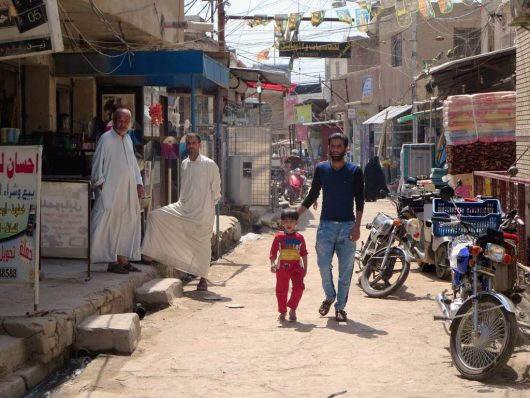 Islamic State in Iraq and the Levant (ISIL), also known as the Islamic State, is an insurgent group operating in Iraq and Syria. Its propaganda is centered around brutality towards its enemies and those who violate Islamic law. Here are 10 facts about the genocide of Yazidis by ISIL.
Islamic State in Iraq and the Levant (ISIL), also known as the Islamic State, is an insurgent group operating in Iraq and Syria. Its propaganda is centered around brutality towards its enemies and those who violate Islamic law. Here are 10 facts about the genocide of Yazidis by ISIL. Since 2015, the Republic of Burundi in East Africa has been faced with unrest, due to the current president, Pierre Nkurunziza being elected for a third term. The opposition claimed it was an unconstitutional election – and that Nkurunziza was authoritarian – and began to protest, thus starting the worst civil distress since the civil war that ended in 2005. The Burundian Unrest is brutal, yet virtually unknown to most Americans. Here are 10 facts about the Burundian Unrest:
Since 2015, the Republic of Burundi in East Africa has been faced with unrest, due to the current president, Pierre Nkurunziza being elected for a third term. The opposition claimed it was an unconstitutional election – and that Nkurunziza was authoritarian – and began to protest, thus starting the worst civil distress since the civil war that ended in 2005. The Burundian Unrest is brutal, yet virtually unknown to most Americans. Here are 10 facts about the Burundian Unrest:

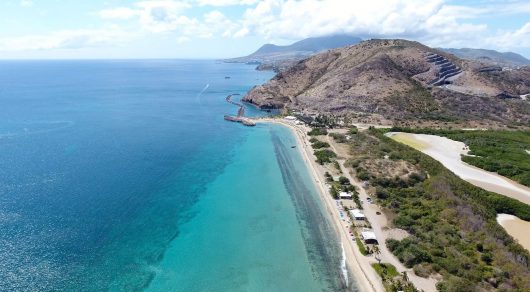 St. Kitts and Nevis is a state comprised of two islands located between the Atlantic and the Caribbean Sea. Their system of government is a
St. Kitts and Nevis is a state comprised of two islands located between the Atlantic and the Caribbean Sea. Their system of government is a 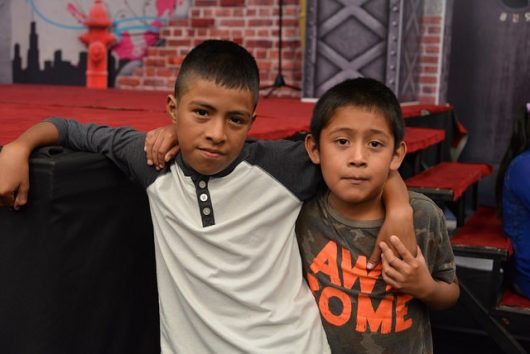 We’ve all heard the old adage that children are the future. While it may sound cliché, this idea is what led the United Nations General Assembly to establish
We’ve all heard the old adage that children are the future. While it may sound cliché, this idea is what led the United Nations General Assembly to establish 